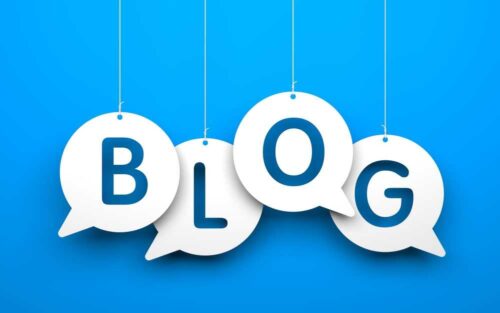Clean Language, pioneered by David Grove, is a unique communication technique employing specific, non-leading questions to delve into an individual’s thoughts and emotions while minimizing the interviewer’s influence.
Often centered around metaphors, it encourages self-discovery, clear communication, and exploration of perceptions without intrusion.
In promoting change adoption, Clean Language proves effective in various contexts:
Initiating Dialogue: Clean Language opens discussions about changes with questions like “What are your thoughts about the upcoming changes?” fostering open conversations.
Addressing Concerns: For addressing resistance, gentle queries such as “What’s important about holding onto the current way of doing things?” help uncover reasons behind apprehension.
Spotlighting Benefits: By asking “What positive outcomes do you see in adopting these changes?”, Clean Language guides individuals to recognize potential advantages.
Navigating Challenges: “What obstacles might arise as these changes are implemented?”, anticipates hurdles and encourages proactive solutions.
Empowering Solutions: Questions like “What could make these changes easier for you to embrace?”, empower individuals to contribute to smoother transitions.
Clarifying Misunderstandings: Clean Language resolves confusion by directing attention through questions like “What would you like to know more about regarding these changes?”
Fostering Collaboration: By promoting judgment-free expression, Clean Language nurtures team collaboration and shared ownership of changes.
Aligning with Values: Clean Language explores alignment between the changes and personal values, deepening individuals’ connection to the transition.
Integrating Clean Language into change management creates a secure space for expressing thoughts, concerns, and hopes. Through crafted questions, it enables self-guided exploration, facilitating comprehension, acceptance, and successful change integration.
